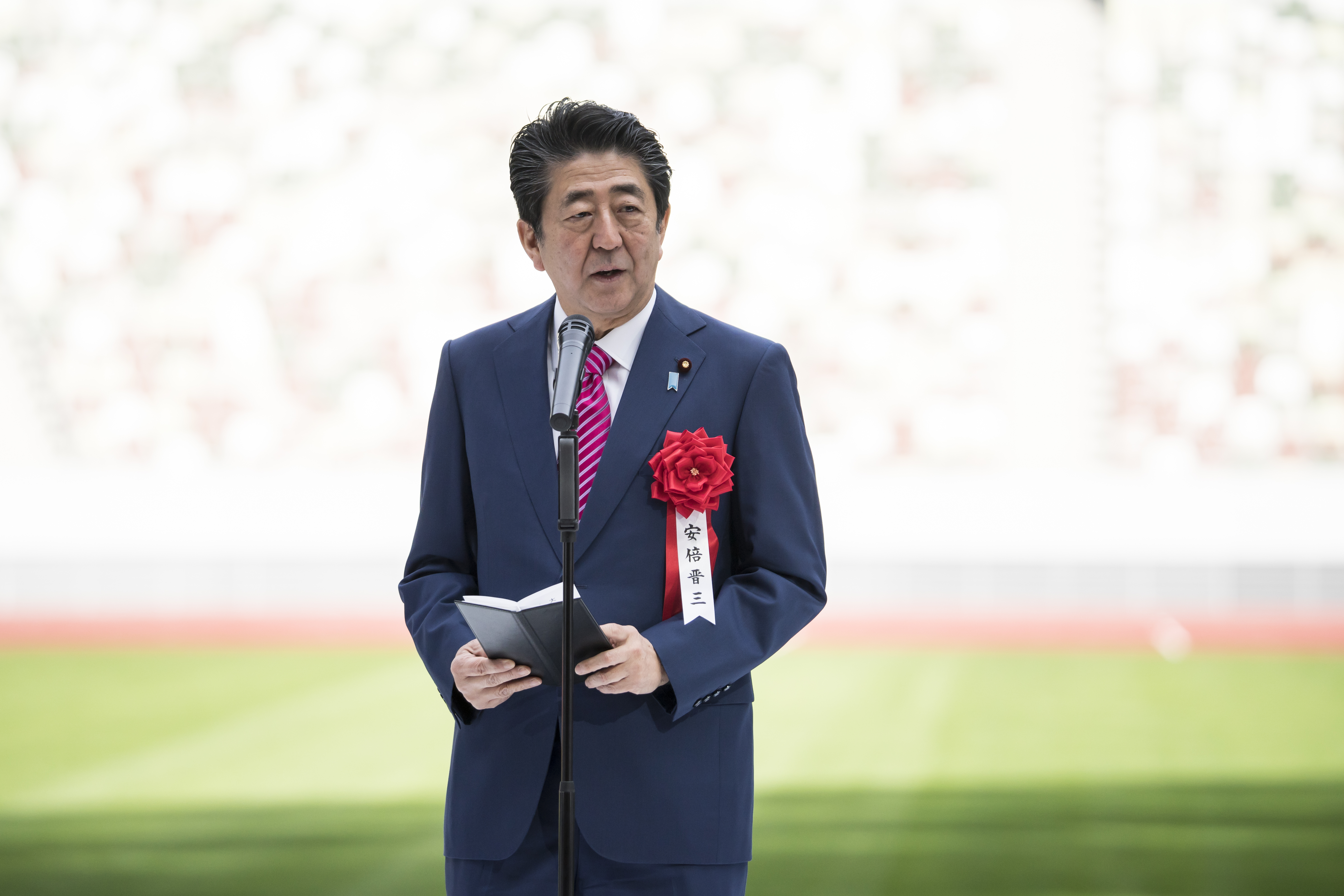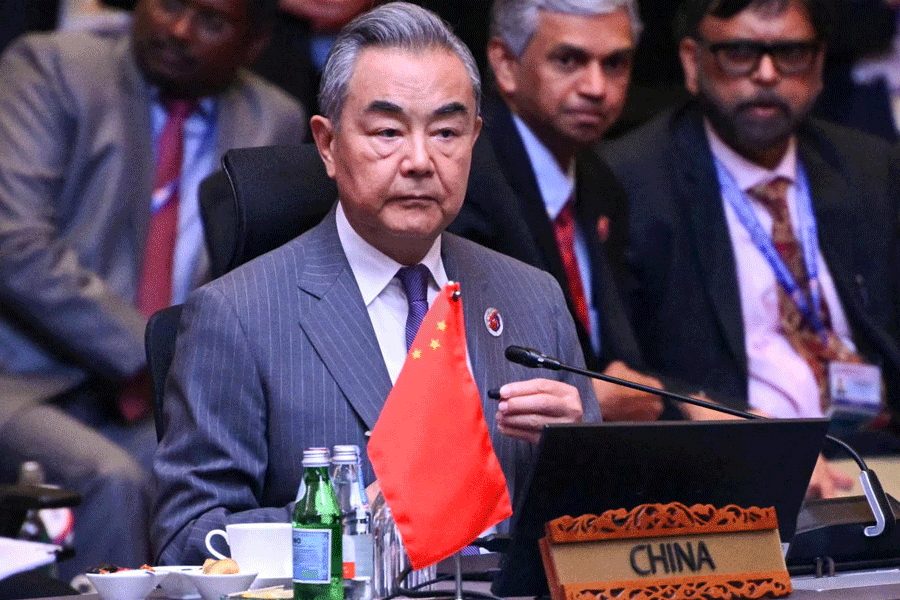The earthquake and tsunami that ripped through northern Japan in March 2011 took so much from Tatsuo Niitsuma, a commercial fisherman in this coastal city in Fukushima Prefecture.
The tsunami pulverised his fishing boat. It demolished his home. Most devastating of all, it took the life of his daughter.
Now, nearly nine years after the disaster, Niitsuma, 77, is at risk of losing his entire livelihood, too, as the government considers releasing tainted water from a nuclear power plant destroyed by the tsunami’s waves.
Prime Minister Shinzo Abe’s cabinet and the Tokyo Electric Power Company — the operator of the Fukushima Daiichi plant, where a triple meltdown led to the worst nuclear crisis since Chernobyl — must decide what to do with more than one million tonnes of contaminated water stored in about 1,000 giant tanks on the plant site.
On Monday, Japan’s ministry of economy, trade and industry proposed gradually releasing the water into the ocean or allowing it to evaporate, saying a controlled discharge into the sea would “stably dilute and disperse” it.
The ministry ruled out alternatives to releasing the water like continuing to store it in tanks or injecting it deep into the ground.
The water gets pumped through the reactors to cool melted fuel that is still too hot and radioactive to remove.
For years, the power company, known as Tepco, said that treatment of the water — which involves sending it through a powerful filtration system to remove most radioactive material — was making it safe to release.
But it is actually more radioactive than the authorities have previously publicised. Officials say that it will be treated again, and that it will then be safe for release.
Regardless of government assurances, if the water is discharged into the sea, it will most likely destroy the livelihoods of hundreds of fishermen like Niitsuma.
Consumers are already worried about the safety of Fukushima seafood, and dumping the water would compound the fears.
It would “kill the industry and take away the life of the boats,” he said. “The fish won’t sell.”
With Fukushima preparing to host baseball games during the Summer Olympics next year, and the plant running out of land on which to build storage tanks, the debate has taken on a sense of urgency.
Until last year, Tepco indicated that with the vast majority of the water, all but one type of radioactive material — tritium, an isotope of hydrogen that experts say poses a relatively low risk to human health — had been removed to levels deemed safe for discharge under Japanese government standards.
But last summer, the power company acknowledged that only about a fifth of the stored water had been effectively treated.
The power company acknowledged that it had not made it easy for the public to get information. The water treatment data “has not been presented in a manner that is easy to understand”, said Ryounosuke Takanori, a Tepco spokesman.











